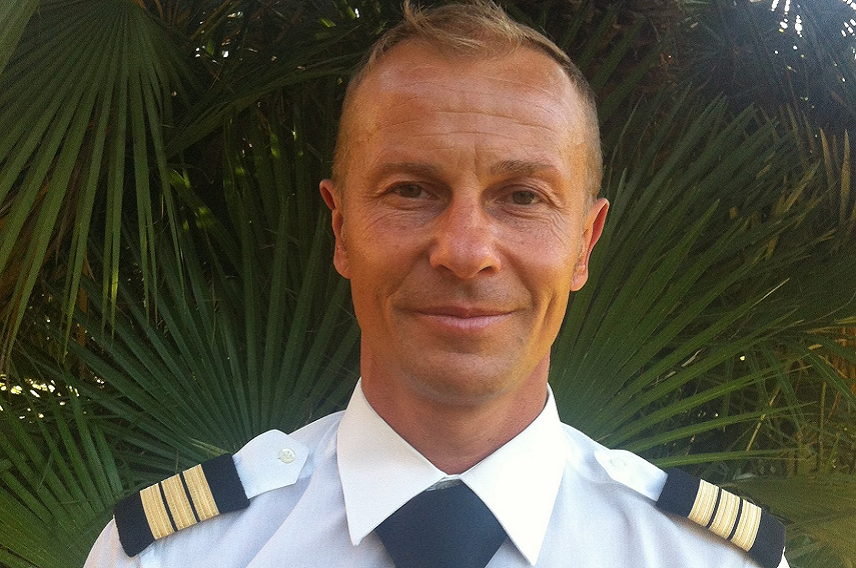

Stefano Battaglia, Chairman of the Europe Regional Coordinating Group (EUR RCG)
The Regional Coordinating Group - Europe (EUR RCG) is an airline platform hosted by IATA aimed at supporting its Member Airlines in the flight operations and safety domains, as well as on airport and ATM infrastructure issues.
On top of the regular calls, we gather physically (at least that was the case before the COVID-19 crisis) twice a year to discuss and agree on airline priorities and what will become the official IATA position on particular European matters. Because of the current crisis, the RCG is also focusing on emergency priorities needed for recovery.
The EUR RCG is composed of 15 members and many technical experts from IATA member airlines. I was appointed to the RCG as a member in June 2015, elected Vice-Chairman in September 2017, and Chairman in February 2021.
As Chairman I am responsible for the overall management and reporting of RCG activities and for ensuring that issues are brought to the Operations Advisory Council (OAC) in a consistent and timely manner. I work with the secretariat to facilitate coordination, chairing meetings and setting meeting agendas.
Europe’s airspace is congested and inefficient, resulting in higher costs for airlines, heavy delays and too many avoidable emissions.
The SES’ main objective is to reform an outdated air traffic system that is too fragmented, particularly when compared to US airspace.
Politics rather than technological advancements constitute the major reason why the Single European Sky is not yet a reality. Airspace sovereignty is not an excuse. Air Navigation Service Providers (ANSPs) refuse reform, which leads to higher airline costs, significant delays, and flying inefficient routes that increase the CO2 footprint.
The airline community welcomes the Commission’s proposal, which addresses major issues and priorities: reducing cost, cutting emissions, improving efficiency & safety.
The million-dollar question remains: will EU States finally allow the SES to become a reality or will they continue protecting underdelivering State monopolies?
We support the EC’s proposal, especially the fact that these Performance targets (in terms of environment, capacity, delays) are binding.
An important point made by the Commission is the exclusion of safety as a performance target because safety is actually a prerequisite.
ANSPs have continuously underdelivered in terms of performance, and before the COVID pandemic, back in 2017-2018, we had record delays due to outdated work practices. “It’s either safety or capacity, you can’t have it all” is a commonly used justification. However, the EC’s proposal implies ANSPs will not be able to play this card anymore.
In today’s system, when ANSPs do not respect their engagement, airlines have little power to challenge this. With transparent targets, accountability and an independent regulator that will act as a referee, it is likely that ANSPs will finally adapt and re-organize themselves to cope with these objectives or be hit by fines for non-delivery of obligations.
Airlines need to focus on getting back in the air. Government support has provided the oxygen to keep airlines alive, and we are grateful for that. However, we are also very much dependent on open borders to continue flying.
Whatever happens, we will need to “build back better”. The environment topic will be even more present on our agenda, and we need to act on all fronts to tackle this issue.
In that sense, I believe that we have a unique opportunity to change the system through this long-awaited Single European Sky initiative. The ball is in the Member States’ court, and we hope they will have the same level of ambition as ours.
Additional information: